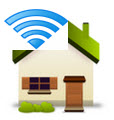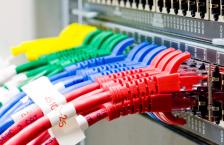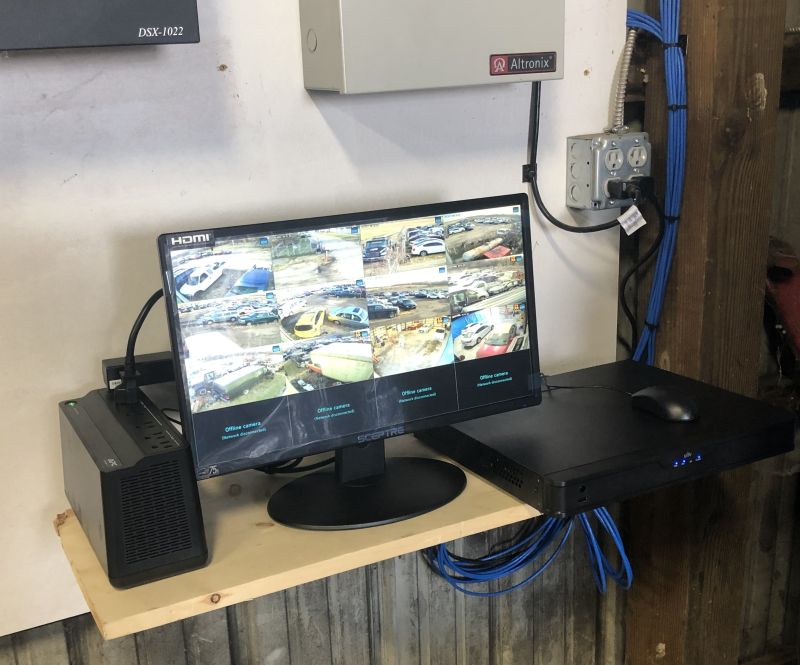Install Fiber Optic Cable By Yourself
Fiber optic cable internet provides fast internet. They call it the future of the internet, and fiber optic internet has revolutionized the modern web. It not only provides internet but fiber optic cable also works for television and telephone. Nowadays people can locate their water heater themselves or even can lodge their car audio music systems. You can also set up your fiber optic cable yourself. In this article, we’ll learn how to install fiber optic cable for internet at home? Follow the step by step guide given in this article for fiber optic installation.
Items Needed for Fiber Optic Installation

You’ll need the following items for installation of fiber optic cable:
Ethernet cable
Fiber optic cable
Optical network terminal
Power adapter
Ladder
RJ-45 wall jack
Set-top box
Installation Procedure for Fiber Optic Cable

Follow the following step by step guide for installation of fiber optic cable:
Step One
Firstly, you should check for the availability of fiber optic network in your area. Mostly, telephone operators like AT&T and Verizon provide the fiber optic cable network. If your area has the fiber optic network, then you should also have a fiber distribution box. You’ll also find a box housing able which is for the distribution of the cable network. They install box housing on a telephone pole.
Step Two
Secondly, install fiber optic cable on the box housing and check the cable to make sure there are signals and network isn’t dead.
Step Three
After step one and two, now it’s time to install the optical network terminal in your house. The best place for installation of an optical network terminal is a basement or garage.
Step Four
Now, you should switch all the phone lines of your house through the optical network terminal. Older versions of telephone sets are not compatible with fiber optic. Make sure to check the compatibility and change the telephone set if needed.
Step Five
Take Rj-45 wall jack and power adapter and install it near your computer. Now using Ethernet cable connect the wall jack to your personal computer or router.
Step Six
Finally, take the fiber optic cable and connect it with the network box. Make sure to test the phone line for the network. Check your internet by opening any website and check your telephone by dialing a number. Congratulation you install your fiber optic cable at your home.






0